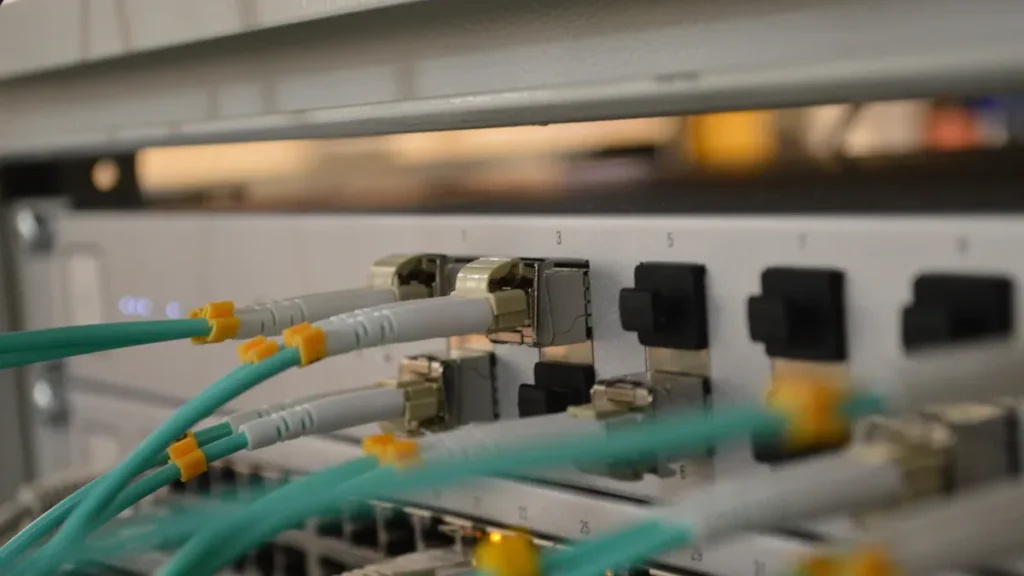Knowledge
Fiber Optic Market Predication in 2021
Fiber optic is a composement of the internet. Optical fibers are clear elastic cables made up of high-grade plastic, glass, and silica through which light signals can be transmitted with very little loss of strength. It all started in 1970 where one team was experimenting with fused silica. And with that, Corning Glass researchers invented the fiber optic wire that can relay more information than a copper wire. These optical waveguide fibers let high-speed transmitting of information from one place to another, even thousands of miles away. When General Telephone and Electronics first launched telephone traffic through a fiber-optic system in 1977, the demand for fiber-optic cables increased remarkably.
With technological advancement, these optical fibers are not only being utilized in the telecommunication industry but also has numerous applications in the medical, military and defense, oil, and gas sectors. You take advantage of fiber-optics every single day thru FTTH or fiber to the home setup. It provides you high-speed internet connectivity and lets you transmit your video, audio, picture, and text files from your desktop to online in just one click. In the biomedical field, fiber optics are used in the transmission of imaging and the advancement of minimally invasive surgery to name a few. In the military and aerospace industries, it provides secure communication and optical computing. On the other hand, high-bandwidth communication is provided by fiber optics in the oil and gas industries. Other applications of optical fibers include automotive and industrial sectors.
Despite the increase in the market size of fiber optics, the growth rate of the fiber optics industry became stagnant due to the impact of COVID-19. Due to implemented lockdowns, the production and vendor operation of fiber optic companies slowed down. The global fiber optics market is valued at $6.81 billion and is projected to reach $9.91 billion by 2027 with a compound annual growth rate of 4.6%. The tremendous growth of global internet users supports the fiber optics demand prominently.
The Internet has become vital to our everyday lives as it is not only important in communication but a large population relies on the internet for profit. In the 2019 report of the International Telecommunication Union (ITU), the global internet usage rate stood at 53.6% or 4.13 billion. This means more than half of the world’s population is connected to the internet. Moreover, the International Energy Agency (IEA) projected the number of internet users will surpass 5 billion in 2025. The ongoing hype about bettering 5G connectivity that offers faster mobile internet connectivity grows the demand for fiber optic infrastructure.


 Fiber Optic Termination Boxes
Fiber Optic Termination Boxes Fiber Optic Splice Enclosures
Fiber Optic Splice Enclosures Fiber Patch Panels
Fiber Patch Panels PLC Splitters
PLC Splitters Fiber Optic Pigtails
Fiber Optic Pigtails OTDR Launch Cables
OTDR Launch Cables Fiber Optic Adapters
Fiber Optic Adapters Fiber Optic Patch Cords
Fiber Optic Patch Cords